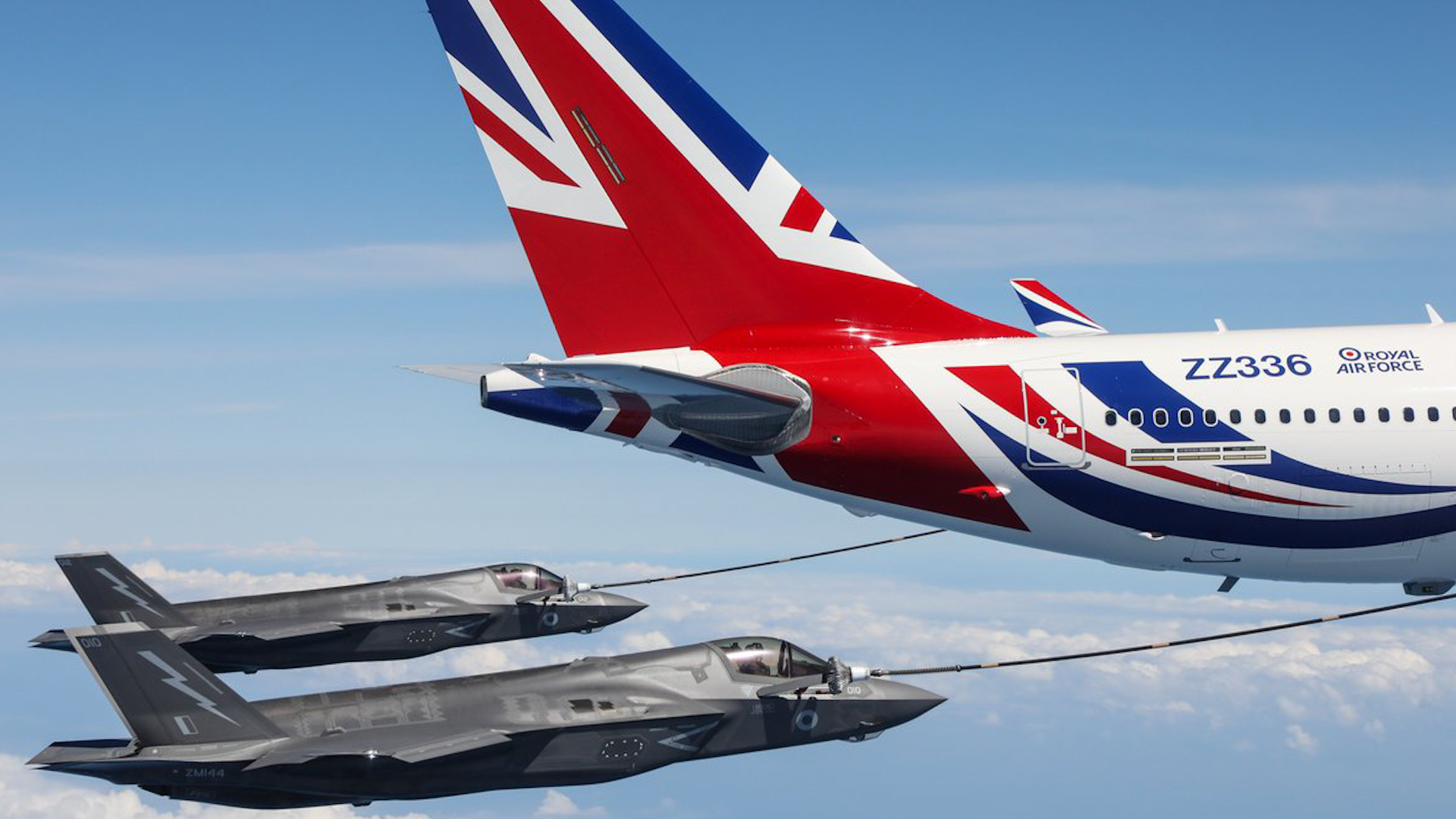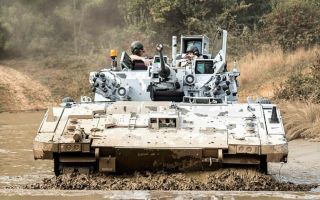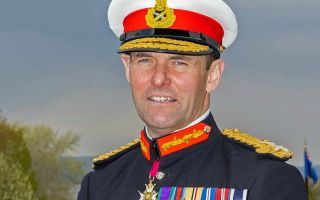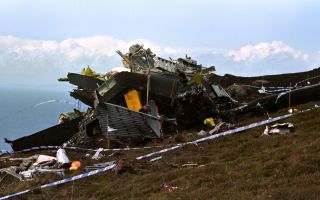Voyager: All you need to know about the RAF's fuel station in the sky
The Voyager is the RAF's only air-to-air (AAR) tanker and can also be used as strategic air support.
There are two versions currently in service – the Voyager KC.Mk 2, which has two underwing pods for refuelling fast jets, and the Voyager KC.Mk 3, which has an extra centreline hose for bigger aircraft.
The aircraft are based in RAF Brize Norton and is flown by 10 Squadron and 101 Squadron.
Capability
Fuel offloaded during the AAR is siphoned off from the Voyager’s wing and fuselage tanks and the cabin holds 291 personnel. Amongst its abilities, the Voyager can 'towline', meaning it can circle around a set area awaiting 'receivers'.
It can also fly with several jets, refuelling them during long-distance journeys, while taking control of the formation and navigation.
Its other purpose is to be a passenger aircraft like a civilian airliner. However, it has a defensive aid suite, therefore, it can supply personnel to theatres around the world. The plane can take palletised or bulk freight in its lower fuselage hold.
Beyond personnel and freight, the Voyager is able to fly with a maximum of 40 stretchers and three critical care patients and it can be used by VIPs like the Prime Minister.

History
Its first voyage with 10 Squadron was in 2012 as a transport sortie leaving Brize Norton to get to RAF Akrotiri in Cyprus.
Following difficulties with some technical issues of the refuelling process, the Voyager started in its role as a fuel tanker in the skies in the summer of 2013. In the same year, 101 Squadron started getting into the air on the Voyage with 10 Squadron and AirTanker’s reservists.
Voyagers are based around the world in places like the Falkland Islands and at RAF Brize Norton.

Notable incidents
In 2021, the Voyager was used by the RAF as part of Operation Pitting to transport Afghans following the Taliban takeover of Afghanistan. Elsewhere, in the fight against so-called ISIS, Voyager aided Typhoon FGR4s in operations such as Operation Shader. Operation Shader (OP Shader) was the codename for the UK's contribution to the US-led mission against so-called Islamic State (IS).
A Voyager was given a £900,000 makeover during Boris Johnson's time as Prime Minister, with a new paint job changing it from its normal grey colour to red, white, and blue Union Jack styling.
In addition, the plane has been used to support Typhoons when they intercept Russian jets if they come close to UK airspace in incidents over the years.
RAF Voyager specifications:
- Powerplant: two 71,100lb st (316kN) Rolls-Royce Trent 772B turbofans
- Length: 192ft 11¾in (58.82m)
- Height: 57ft ½in (17.39m)
- Wingspan: 197ft 10in (60.30m)
- Wing area: 3,892.20sqft (361.60m2)
- Maximum speed: around Mach 0.86
- Typical mission range: capable of delivering around 132,000lb (60,000kg) of fuel during five hours on station at 500nm (930km) from base
- Range with maximum payload: 4,500nm (8,334km)
- Maximum range with maximum fuel: 8,000nm (14,816km)
- Maximum altitude: 41,000ft
- Maximum fuel load: 245,000lb (111,000kg)
- Maximum payload: around 99,000lb (45,000kg)
- Maximum passenger load: 291







